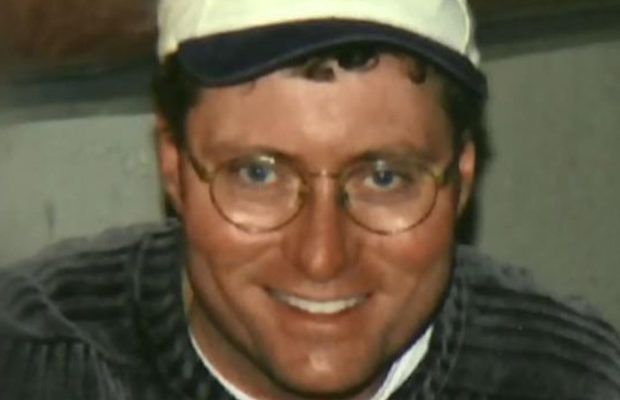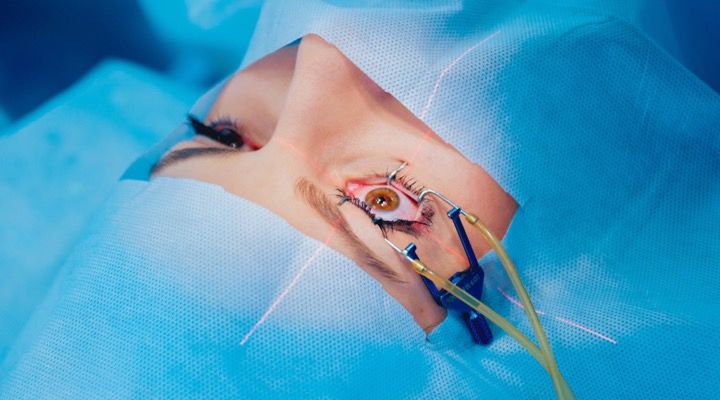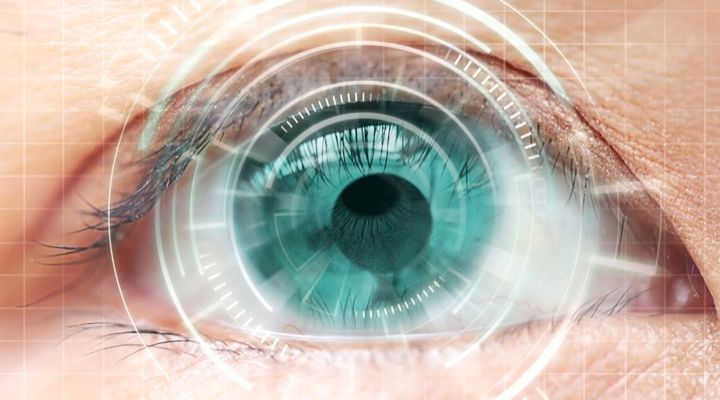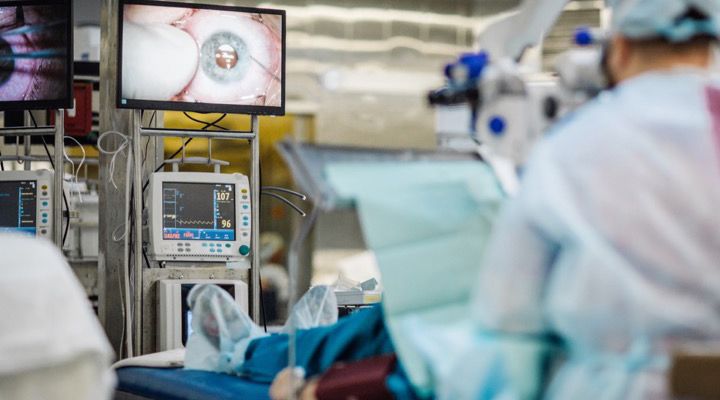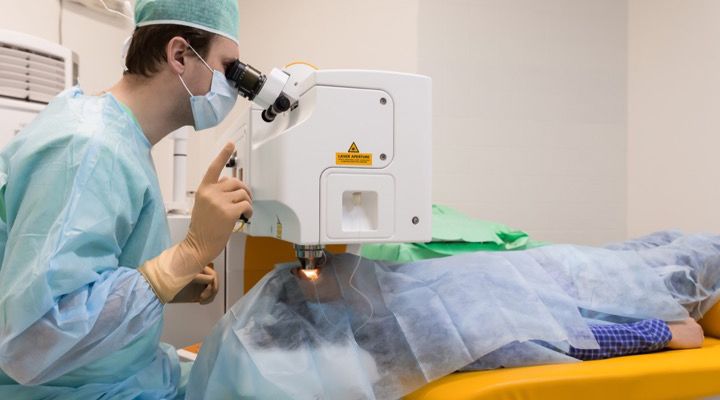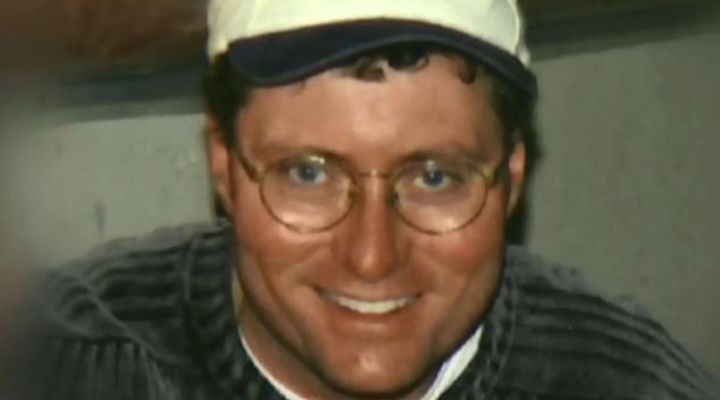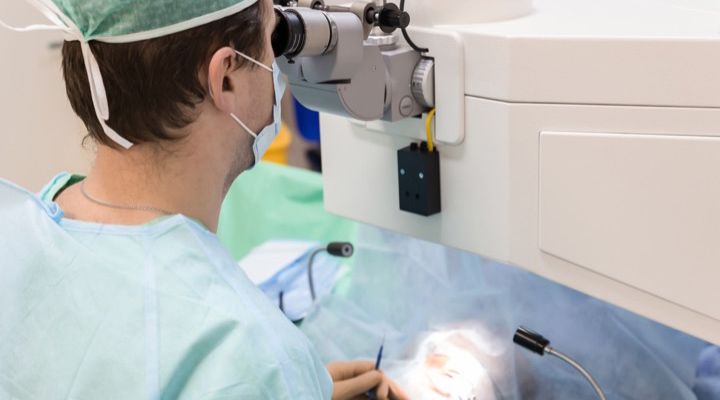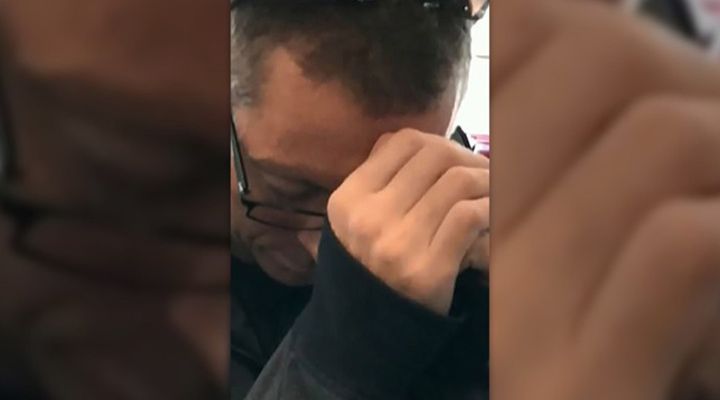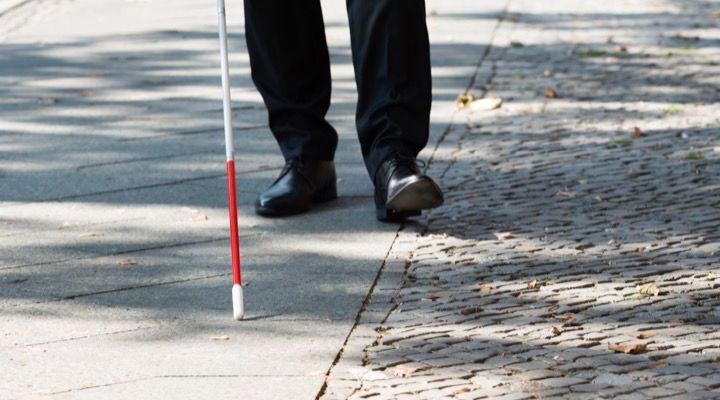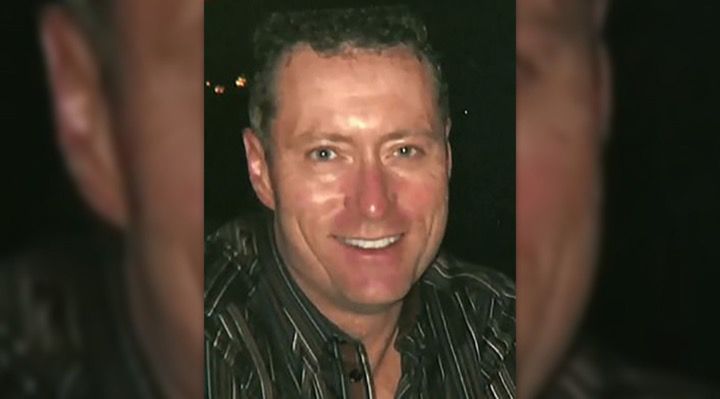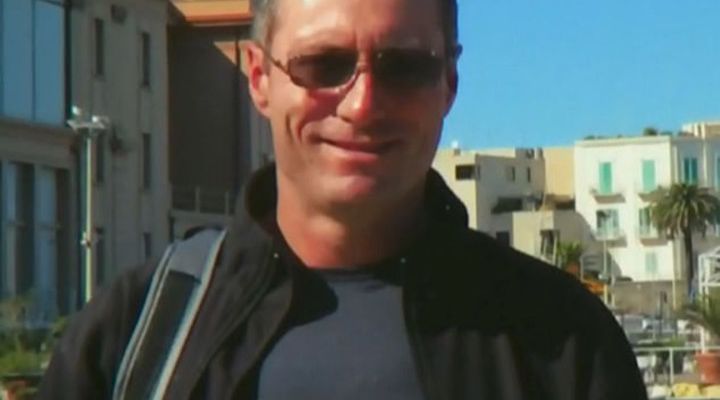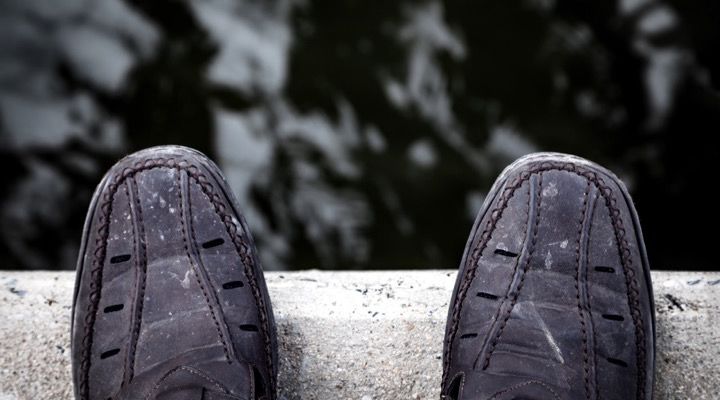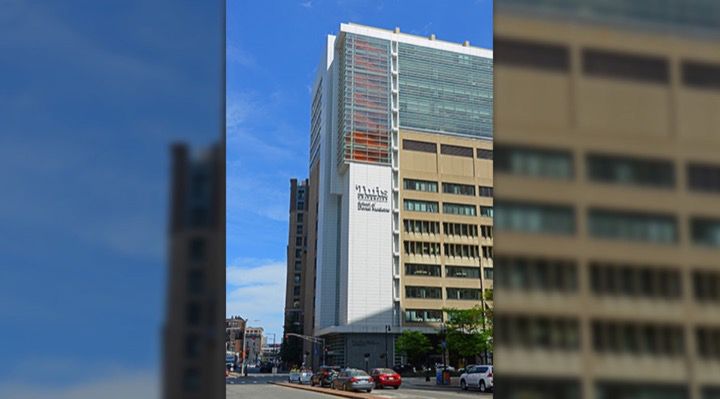Many patients who receive laser eye surgery to correct their vision have no complications and doctors say the procedures are safe and effective. But that wasn’t the case for Paul, according to his family.
After suffering painful side effects for 20 years after receiving laser eye surgery, he just couldn’t take it anymore. In the following story, his family shares what happened…
What Is PRK?
PRK (photorefractive keratectomy), is a type of refractive surgery to correct nearsightedness, farsightedness, and astigmatism. According to AllAboutVision.com, PRK was the first type of laser eye surgery for vision correction and it is the predecessor to the popular LASIK eye procedure.
Similarities And Differences
Just like LASIK, PRK works by reshaping the cornea using an excimer laser, allowing light entering the eye to be properly focused onto the retina for clear vision. The main difference between PRK and LASIK is the first step of the procedures.
LASIK
In LASIK, a thin flap is created on the cornea with a microkeratome or a femtosecond laser. This flap is then lifted to expose the underlying corneal tissue and is replaced after the cornea is reshaped with an excimer laser.
PRK
In PRK, the thin outer layer of the cornea is removed and discarded prior to reshaping the underlying corneal tissue with an excimer laser. Then, this outer layer of the cornea repairs itself within a few days of the surgery.
Glasses
Since Paul Fitzpatrick was around 12-years-old, he had always worn glasses. Paul’s mother, Gene Fitzpatrick, told CTV News, “He thought it would be great not to have them.” He researched it and he made sure that he was going to the best place. He felt that PRK was safer because there was less cornea used.
Surgery
By the time Paul was 32, he was a self-made millionaire, so he happily underwent a PRK procedure in Canada. Paul believed that his cornea would heal itself a few days after the surgery since that’s what he was told.
Painful Migraines
But Paul’s family said he began suffering from migraines and dry eyes shortly after the procedure. Canadian doctors were unable to diagnose what was causing the pain, so Paul traveled to Europe and the US to find a specialist who could help him.
Treatments
He began treatments and underwent more surgeries which only caused the pain to get worse. The pain became so unbearable that Paul would keep his eyes closed for most of the time, walking with a cane and even planning to move in with his parents in Ontario.
Burning In His Eyes
Kevin Fitzpatrick said his brother was eventually offered additional PRK treatments, but his pain only intensified. “The burning pain in his eyes, the needles in his eyes, that was how he described the pain,” Kevin said.
Painkillers
“We didn’t know what to do for him,” Gene said. “We would recommend painkillers and he would take some. He wasn’t one to take painkillers much, but when they wore off he said the pain was worse so he’d keep his eyes closed most of the time.”
Rare Complications
On October 6, 2018, two weeks before CTV News and W5 published a story on the rare complications from laser eye surgery, Paul died by suicide. In a note the 54-year-old left for his family, the father of two described the agony he suffered in those final few months.
Suicide Note
“I cannot experience any type of pleasure anymore,” Paul wrote. “Just the pain of burning eyes inside my head and throughout myself. … Since 1996, pain, pain, and more pain, please forgive me for not being strong enough to cope. The past few months have been unbearable.”
Taking His Life
After 20 years of dealing with debilitating pain, Paul just couldn’t take it anymore. “It ruined his life, and it also left a lot of people around him suffering,” Gene said. In Paul’s obituary, his family wrote about his struggle to find relief for the eye pain he experienced following his laser eye surgery.
Paul’s Struggle
They said that his “suffering abruptly ended” after he was unable to find a solution. After he died, Paul’s family learned about a case containing an array of lenses and medical records that documented Paul’s years-long, search for help.
First Documented Case
Paul’s death is said to be the first documented suicide linked to laser eye surgery in Canada. According to Paul Cofer, the founder of the online support group Lasik Complications, there have been at least 10 documented cases in the US.
Corneal Neuralgia
Paul’s complication, known as corneal neuralgia, can cause nerve damage to the eye and can be so excruciating that some patients were unable to work, or in Paul’s case, contemplated suicide.
Investigation
Despite never receiving a proper diagnosis for it, Paul suffered from this condition for 20 years. W5 conducted an investigation into the occurrence of this rare, but painful side-effect of laser eye surgery. Dr. Pedram Hamrah, who sees patients at his clinic in Tufts Medical Center in Boston from all over the world, says many are suicidal and desperate for answers.
No Studies
Dr. Hamrah agrees that corneal neuralgia is uncommon, but says that only a study will uncover the number of patients who actually have the condition and how many may have been misclassified with dry eye syndrome. “In terms of percentage, we don’t have any data whatsoever because there was not a single study done to look,” Dr. Hamrah said.
Sharing His Story
Paul’s brother said, “Had he been aware (of his condition), he definitely would not have continued with subsequent surgeries.” Since his suicide, Paul’s family is sharing his story in order to raise awareness about the potential complications from laser eye surgery.
Potential Consequences
“I think these stories are what helps people understand what the potential consequences are of elective surgeries,” Kevin said. “Having known what Paul has gone through, he would expect us to tell his story.”
